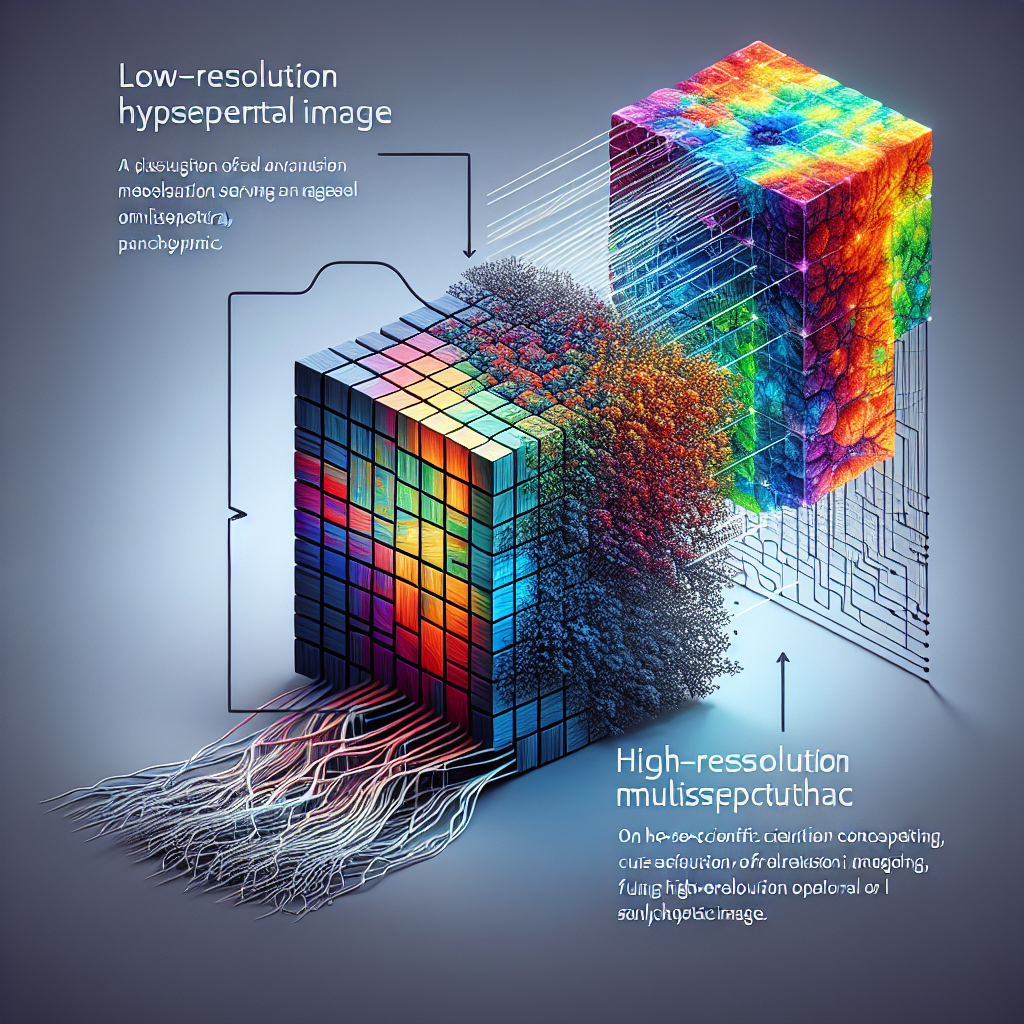Highlights:
- Introduces SpectraMorph, a physics-guided self-supervised framework for hyperspectral super-resolution.
- Uses structured latent learning to enhance spatial resolution while maintaining spectral accuracy.
- Outperforms existing unsupervised and self-supervised models across synthetic and real-world datasets.
- Trains in under a minute and remains robust even with single-band (panchromatic) inputs.
TLDR:
SpectraMorph is a new self-supervised AI model that fuses hyperspectral and multispectral data to produce high-resolution images with interpretable results, offering unprecedented speed, robustness, and clarity for remote sensing and computer vision applications.
Hyperspectral imaging (HSI) has revolutionized how scientists analyze materials, environmental changes, and medical imaging by capturing hundreds of spectral bands per pixel. However, these sensors often face a fundamental challenge: low spatial resolution. The result is blurred boundaries and mixed-pixel artifacts that reduce the effectiveness of hyperspectral data. To overcome this, researchers have explored combining HSI with higher-resolution multispectral images (MSI), but existing deep learning approaches often depend on heavy supervision or complex regressors with little interpretability.
A groundbreaking study by Ritik Shah (https://arxiv.org/search/cs?searchtype=author&query=Shah,+R) and Marco F. Duarte (https://arxiv.org/search/cs?searchtype=author&query=Duarte,+M+F) introduces **SpectraMorph**, a physics-guided, self-supervised framework that addresses these limitations with a structured latent learning approach. Instead of performing direct regression between low- and high-resolution data, SpectraMorph introduces an innovative ‘unmixing bottleneck’. This method extracts endmember spectral signatures from low-resolution HSI data and uses a compact multilayer perceptron (MLP) to predict abundance-like maps from the higher-resolution MSI. The spectral information is then reconstructed via linear mixing, allowing the network to learn in a self-supervised fashion using only the MSI sensor’s spectral response function.
What sets SpectraMorph apart is its interpretability, efficiency, and robustness. The model generates intermediate representations that correspond to physical components of the image, providing interpretability uncommon in black-box neural networks. Training completes in under a minute, and performance remains strong even with minimal spectral information—such as single-band panchromatic imagery. Experiments on both synthetic and real-world datasets demonstrate that SpectraMorph consistently outperforms leading unsupervised and self-supervised baselines while delivering results competitive with fully supervised models. This advancement marks a significant step forward for fields like remote sensing, environmental monitoring, agriculture, and autonomous observation systems, where clarity and spectral precision are crucial.
Source:
Source:
Original research: Shah, Ritik and Duarte, Marco F. (2025). ‘SpectraMorph: Structured Latent Learning for Self-Supervised Hyperspectral Super-Resolution.’ arXiv:2510.20814 [cs.CV]. DOI: https://doi.org/10.48550/arXiv.2510.20814

